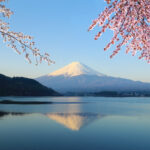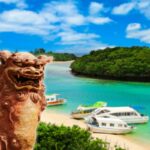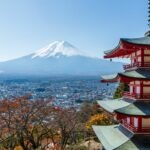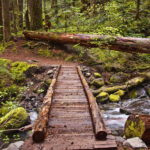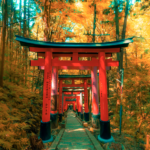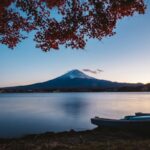When it comes to Mt Fuji, we know that it is Japan’s most recognizable landscape. However, there is so much more to this iconic mountain than meets the eye.
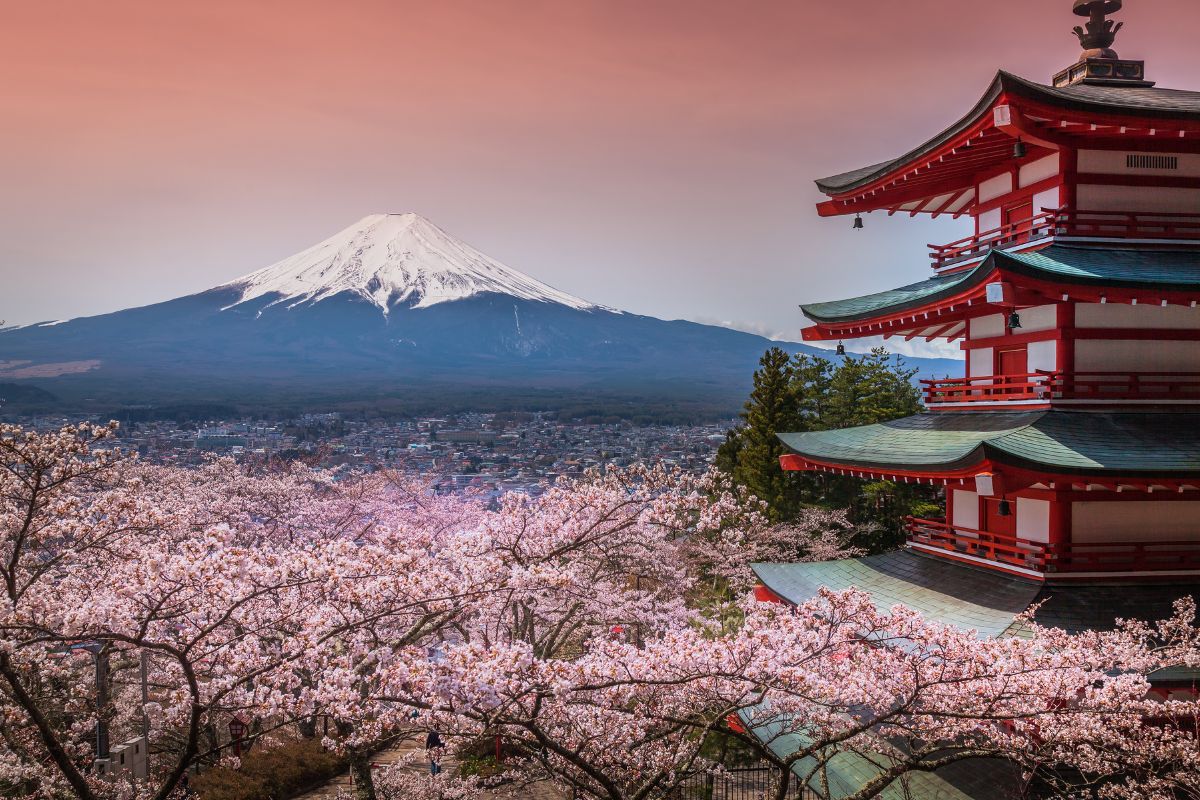
One of the questions people always ask: “Is Mt Fuji owned privately?” You might be surprised to learn that while most of it is state property, some of it is privately owned.
You might think it is considered trespassing as soon as you reach 3,360m up the mountain. This is because Fujisan Hongū Sengen Taisha owns the rest. Even so, it isn’t. People are allowed to climb to the summit of the famous mountain.
To find out more about this beautiful mountain and what Fujisan Hongū Sengen Taisha is, then read on!
Who Owns Mt Fuji?
Mount Fuji spans across two prefectures: Shizuoka and Yamanashi. Because of this, there are often debates on who actually owns this incredible mountain.
Even so, it is actually the state who owns most of Mt Fuji – which is unsurprising to many. However, it is the fact that not all of it is owned by the state which shocks people. Who would have thought that Mt Fuji is also owned by something else?
Mt Fuji is split into stations. Stations one through to seven are owned by the state. However, from the 8th station and up it is considered private land. It belongs to Fujisan Hongū Sengen Taisha.
These stations are important because they also have trails that people climb to reach the summit of the mountain.
What Is Fujisan Hongū Sengen Taisha?
Fujisan Hongū Sengen Taisha is not a person. It is actually a Shintō shrine situated within Fujinomiya, a city in the Shizuoka prefecture. It is affiliated with over 1,300 different temples across Japan. So, how did it come about owning some of Mt Fuji?
In the Edo period, Shogun Tokugawa Ieyasu constructed thirty or so buildings due to winning the Battle of Sekigahara as a sign of his gratitude. One of these buildings was the Fujisan Hongū Sengen Taisha.
In the year 1606 he then donated the top part of Mt Fuji to be the sacred shrine grounds of Fujisan Hongū Sengen Taisha. The origins of this shrine was to worship Asama no Okami in order to calm Mt Fuji.
Many other shrines were also built on the foothills Surrounding Mt Fuji in dedication to the worship of Asama no Okami.
Due to the possibility of an eruption, it makes sense that people worshiped the calm of Mt Fuji. This belief of Asama no Okami spread throughout Japan, and many more shrines became linked with it.
Fujisan Hongū Sengen Taisha however is the head Asama shrine, so having a direct link with Mt Fuji is seen as very sacred.
What Is Asama No Okami?
Back in 27 B.C. Japan, 10th Emperor Suijin built a shrine on the foothill of Mt Fuji. This was to help appease what people believed to be the God of Mt Fuji, Asama no Okami.
Many thought that the top part of the mountain was in the form of this raging God’s body. It is no wonder then that Tokugawa Ieyasu connected the Fujisan Hongū Sengen Taisha shrine with the top of Mt Fuji.
The Asama faith believed that worshiping Asama no Okami would calm him into not erupting and killing thousands of people.
Did Japan’s Nation Ever Own Mt Fuji?
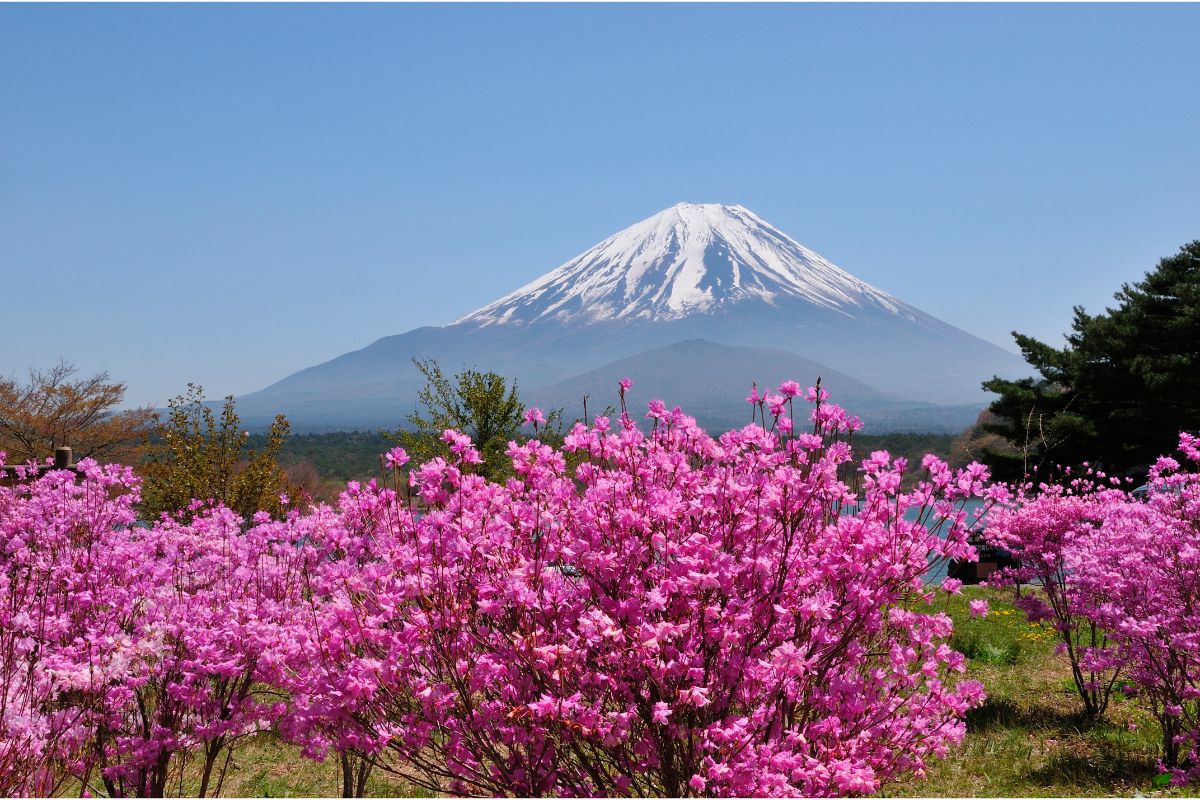
In 1871, the Meiji government nationalized Mt Fuji, but this was only for a short period of time. Many years later and once World War II was over, the government began giving sites back to shrines and temples.
Even so, Mt Fuji remained nationalized – all the while shrines and temples were being released from government ownership.
However, a court case was opened and by 1974 Fujisan Hongū Sengen Taisha became the owner once again of the top part of Mt Fuji.
It was not until thirty years later that Fujisan Hongū Sengen Taisha was recognized as the official owner of station eight of Mt Fuji and above.
Has Mt Fuji Ever Erupted?
There have been sixteen known eruptions of Mt Fuji, with the first one being on record as happening in 781. Twelve of these eruptions happened between the years 800 to 1083.
The most recent eruption happened in 1707/08. Since then there has been no indication of an eruption. However, research has shown that over time there could be a chance of another eruption.
Despite this, there still has been no eruption or any obvious signs that one is about to happen.
What Are Some Facts About Mt Fuji?
Mt Fuji is a sacred mountain. So, let’s take a look at some quick facts about this well-known attraction:
Women Were Forbidden
Women were not allowed to climb Mt Fuji until 1868 during the Meiji Restoration. In 1869, Lady Fanny Parkes was the first female westerner to climb to the summit.
A Monk Climb Mt Fuji First
It is believed that a monk climbed Mount Fuji in 663 AD. However, in 1860 the first male westerner to climb to the summit was Sir Rutherford Alcok.
Mt Fuji Is Active
Mt Fuji is always shown as being calm and serene, however it is an active volcano. It has a triple threat of tectonic activity underneath it. This is because the Philippine, Okhotsk and Amurian plates meet here.
Final Thoughts
Mt Fuji is iconic to Japan. It is something that is recognized across the world. Many people travel to get a glimpse of this incredible mountain. You can even climb the stations to reach the summit at station ten.
People believe that the nation owns Mt Fuji. While this is correct, from station eight and up, it is owned by a shrine called Fujisan Hongū Sengen Taisha. It sits at the foothill of the famous mountain.
The top of Mt Fuji is seen as sacred due to the old belief that it resembles the body of the God, Asama no Okami. This God was worshiped to help stop the mountain from erupting.
- 16 Best Websites To Watch Japanese Movies With English Subtitles - May 11, 2023
- Is ZIPAIR The Best Airline For Traveling To Japan? - May 11, 2023
- Ryu Murakami Vs Haruki Murakami – Which One Should You Read? - May 11, 2023

